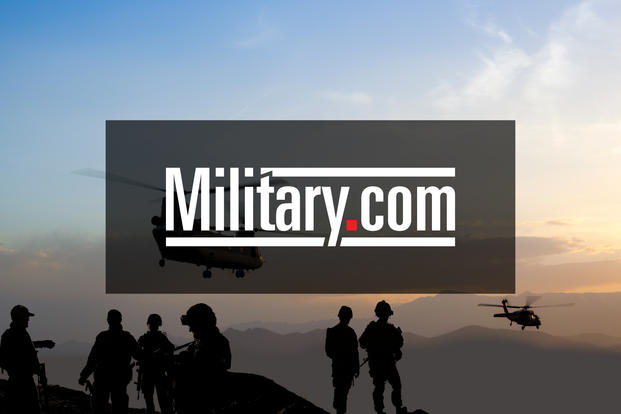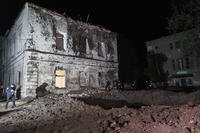Well before the Joint Strike Fighter has flown one combat mission, the Air Force is already talking about the next generation of fighter aircraft that will succeed it.
Despite the budget crunch that has paralyzed most military modernization programs, Air Force leaders are talking about developing the sixth generation fighter jet as well as a new cargo plane that would replace the C-130 and C-17.
"We're trying to prep so that when we reach the point that we have to replace an airframe, we want to have concepts and alternatives at least narrowed to a group so that when somebody needs to budget for something we are ready to go," Lt. Gen. Charles Davis, military deputy for Air Force acquisition, told Military.com.
Led by the Air Force's Life Cycle Management Center, work has started on what's called advanced concept development for the sixth generation fighter and next generation cargo aircraft -- better known as the CX program. Davis emphasized these are conceptual and purely paper exercises.
"What is the next set of capabilities I need to perform for this mission? It may not be the same kind of platform you would recognize today. Is airlift going to get done by a two or four engine big gray airplane in the future? Maybe, or maybe not," Davis explained.
While the sixth generation fighter and CX cargo plane programs are considered important to the Air Force's future, service officials say the uncertain budget environment raises questions about how, or if, these programs will be funded.
Nevertheless, many of the Air Force's roughly 222 C-17s are expected to approach the end of service in the 2030s, the large C-5 cargo planes are slated to remain operational through 2040, and the last Joint Strike Fighter is slated to enter service in 2037, service officials said.
In addition, the Air Force currently operates 147 C-130J aircraft, which have an expected service life of approximately 30 years. As a result, several decades from now a replacement for this Air Force work horse will be needed as well, service officials said.
The idea with these programs is to stay ahead of the curve so that new platforms are ready before existing ones retire, he added.
"We're already setting ourselves up on a timeline where the airplanes that we are buying today are going to be reaching the end of their life by the time we can build and field a new one," Davis explained. "We would be foolish if we weren't planning today for what the next tanker is going to look like, what the next cargo plane is going to look like and what the next fighter is going to look like."
Examining potential systems, airframes and technologies for the CX program involves closely following global technological trends, including development in the world of commercial avionics, said Richard Aboulafia, vice president of analysis at the Teal Group, a Va.-based consultancy.
Unlike fighter jets which have their own set of unique industry-specific technologies and requirements, cargo planes can benefit to a larger extent from overlap between military and commercial aviation technologies, Aboulafia added.
A team of concept developers is looking at next-generation air frames as well as various hi-tech materials aimed at lowering weight and drag while providing reliable structure. The team will also be looking at whether emerging technologies such as directed energy and hypersonic speeds are likely to factor prominently in the future, potentially impacting the developmental equation.
A new propulsion technology may be available by 2030, changing the calculus regarding what might propel this new aircraft. Davis also emphasized that challenges related to the fast-changing electromagnetic spectrum would need to be addressed in these future aircraft.
Davis explained that some of these technological developments could also impact the Air Force's ongoing conceptual work on a sixth-generation fighter jet.
"This is the beginning of a developmental planning effort. We're already putting designs on the books that we are going to buy in 2030. We know we are going to buy the last F-35 somewhere around 2037, so somewhere about the 2030-plus timeframe, we're going to have to put a new fighter in production," Davis said.
Aboulafia explained that a sixth generation fighter jet is likely to use more of the advanced materials already built into state-of-the-art fighters such as carbon fiber, thermo-plastics and advanced materials such as titanium.
"The jury is still very much out on the use of composites for commercial planes, but fighters are in their own industry universe. With CX, there is quite a lot that can be harvested from the commercial world," he said.
Advances in computing, sensor technology and hypersonic propulsion are likely to figure prominently in efforts to develop a new fighter jet.
"That will be a big question, whether or not we stick with the evolution of a gas-turbine engine or whether something of higher performance is available such as a scramjet. Developers will be looking for the best possible combination of speed, range and payload," he added.




























